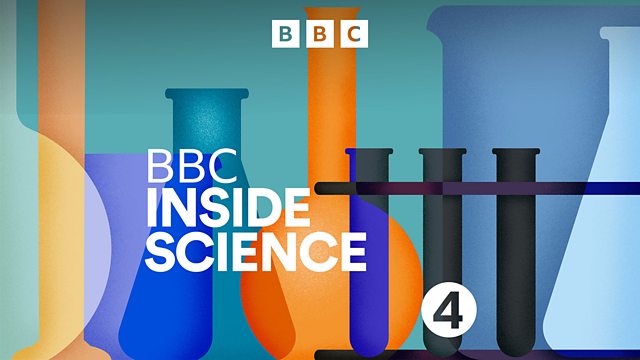Antimicrobial soap; GAIA; Stone-age jellybones; Antarctica
The world's most powerful satellite camera, GAIA, has been launched into space today. Its mission is to map the billion stars in our galaxy, the Milky Way.
Antibacterial soaps and body washes make up an industry worth millions of pounds, but in the USA, producers have been told that they have just over a year to prove their products are safe, or, re-label or reformulate them. Many believe that using antimicrobial soaps, which often include the chemicals triclosan or triclocarban, keeps you clean and reduces the chance of getting ill or passing on germs to others. But the Food and Drug Administration in the USA says it's the job of manufacturers to demonstrate the benefits, to balance any potential risks. Professor Jodi Lindsay, expert in microbial pathogenesis from St Georges, University of London, tells Dr Adam Rutherford where this leaves British and European consumers.
The world's most powerful satellite camera was launched today into space. Its mission, to map the billion stars in our galaxy. Professor Gerry Gilmore, Principal Investigator for GAIA, tells Inside Science about the planned "walk through the Milky Way" and 大象传媒 Science Correspondent, Jonathan Amos, spells out how GAIA could help detect future asteroids, like the one that wiped out the dinosaurs on earth.
Just after the Second World War in a site in North Yorkshire, the discovery of a flint blade triggered the discovery of one of the world's most important Mesolithic or Stone Age sites. What makes Star Carr so special is that organic artefacts, bone harpoons, deer headdresses and even homesteads, were preserved in the peat 11000 years ago. But these precious artefacts are in trouble. Changing acidic conditions are turning the Mesolithic remains to jelly. Sue Nelson reports from the Vale of Pickering on how archaeologists are working with chemists to try to pinpoint exactly why the Stone Age remains are deteriorating so quickly.
And Professor Chris Turney talks to Adam from his research ship in Commonwealth Bay in the Antarctic, where he is leading a team of scientists to recreate the journey made by Douglas Mawson, 100 years ago, on the Australasian Antarctic Expedition.
Producer: Fiona Hill.
Last on
Star Carr site in North Yorkshire

Becky Knight, Michael Bamforth, Ian Pander, with reporter Sue Nelson at Star Carr site in North Yorkshire
Stone Age Deer bone

Broadcasts
- Thu 19 Dec 2013 16:30大象传媒 Radio 4
- Thu 19 Dec 2013 21:00大象传媒 Radio 4
Explore further with The Open University
Discover more fascinating science content with The Open University
Podcast
-
![]()
大象传媒 Inside Science
A weekly programme looking at the science that's changing our world.


